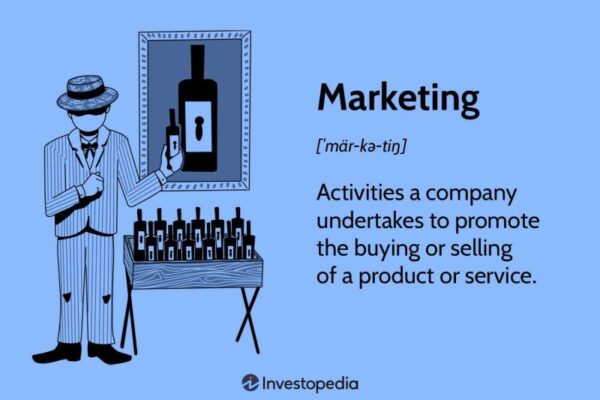These are some compliance-related stories that recently caught my attention.
by Geoff Schweller
Whistleblower Network News
The SEC order further clarifies that while the whistleblower learned of the misconduct in a role where their principal duties involve compliance or internal audit responsibilities, they were eligible for an award because “Claimant reported the information internally to Claimant’s supervisor and to the Chief Compliance Officer or its equivalent, and then waited at least 120 days to report the information to the Commission.”
SEC Rule 240.21F-4(b)(4)(iii)(B) provides for this 120-exception for compliance and audit whistleblowers.
The SEC Whistleblower Program had a record setting year in the 2023 Fiscal Year. The program issued nearly $600 million in whistleblower awards, the most ever in a fiscal year, including a $279 million award, the single largest award in program history. The whistleblower program also received a record 18,000 whistleblower tips over the course of the fiscal year.
by Jaison R. Abel, Richard Deitz, Jonathan Hastings, and Joelle Scally
Liberty Street Economics
Employment fell nearly 15 percent in the United States between February 2020 and April 2020—a shockingly large decline in such a short period of time. The country had dug itself out of this massive hole by the summer of 2022, recovering all of the jobs that were lost, and employment is now nearly 4 percent above pre-pandemic levels. As the map below shows, however, the recovery has been uneven and remains incomplete in many places. Indeed, while most metro areas have recouped the jobs that were lost during the recession (shown as blue dots), more than 25 percent still have not (shown as red dots). Most of these areas are concentrated in the Rust Belt along the Great Lakes, though clusters are present in parts of the South—Louisiana in particular—as well as in California, Oregon, and Hawaii. In fact, employment is still more than 5 percent below pre-pandemic levels in New Orleans, and more than 3 percent below in Honolulu and San Francisco. Likewise, sizable job shortfalls remain in Cleveland, Detroit, and Pittsburgh. At the other end of the spectrum, employment in fast-growing parts of the country such as Austin, Boise, Phoenix, Raleigh, Charleston, and Sarasota is now more than 10 percent above pre-pandemic levels.
By Mark Maurer
The Wall Street Journal
“That’s an issue that we have definitely heard, and it’s under consideration,” Public Company Accounting Oversight Board Chair Erica Williams told The Wall Street Journal, referring to investor feedback. “There have been previous boards that have focused on that issue, and so we’re looking at the work that they’ve done there.”
PCAOB staff are looking into this issue as it has for years under previous boards, Williams said. No formal consideration is under way, meaning the staff could recommend the issue be added to the agenda or drafted as a proposal for the board to vote on, but hasn’t yet, she said.
By David Yaffe-Bellany and Emily Flitter
The New York Times
On a trip to Nigeria in January, Tigran Gambaryan, a compliance officer for the giant cryptocurrency exchange Binance, received an unsettling message: The company had 48 hours to make a payment of roughly $150 million in crypto.
Mr. Gambaryan, a former U.S. law enforcement agent, understood the message as a request for a bribe from someone in the Nigerian government, according to five people familiar with the matter and messages reviewed by The New York Times. He and a group of his Binance colleagues had just met with Nigerian legislators, who accused the company of tax violations and threatened to arrest its employees.
By David Yaffe-Bellany
The New York Times
But the recoveries come with a caveat. The amount owed to customers was calculated based on the value of their holdings at the time of FTX’s bankruptcy in November 2022. That means customers won’t reap the benefits of a recent surge in the crypto market that sent the price of Bitcoin to a record high. A customer who lost one Bitcoin when FTX imploded, for example, would be entitled to less than $20,000, even though a Bitcoin is now worth more than $60,000.










